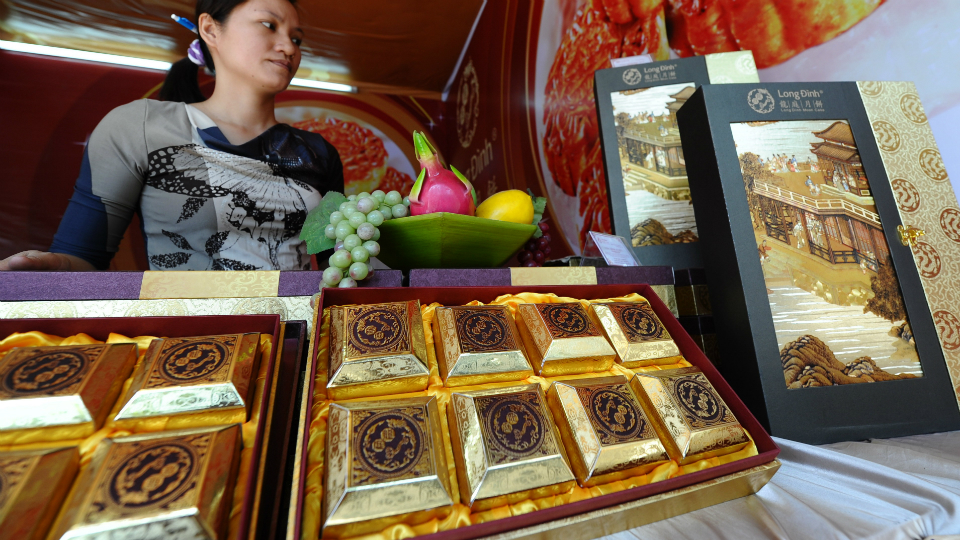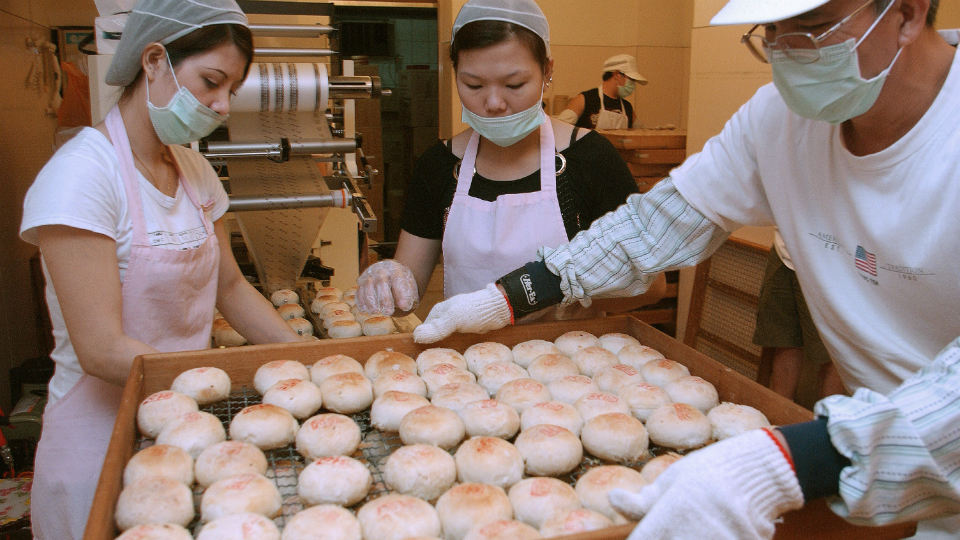Filtered By: Scitech
SciTech
Sense and Science: A brief history of mooncakes
By DR. MICHAEL L. TAN

The Chinese Mid-Autumn Festival, more popularly known as the Mooncake Festival, makes for a good study in culture. Considered to be the second most important Chinese festival after the lunar new year, the Mooncake Festival is now celebrated outside of China and is not limited to overseas Chinese.
The festival falls on the 15th day of the 8th lunar month, which this year will be September 8. Both the lunar new year and the mid-autumn festival were intended for family reunions, strategically scheduled around the seasons.
Origins and legends
The lunar new year marked the beginning of spring, with a focus on paying homage to the sun while the mid-autumn festival was a time for homage to the moon, both occasions a time for farmers to pray for bountiful crops.
People would give each other mooncakes, which came to symbolize a united family. The mooncakes had lotus seed paste or red beans as fillings, together with the yolk from salted duck eggs, giving the mooncakes a peculiarly appealing taste, blending the very sweet with the salty.
During the celebrations, older Chinese would tell folk stories around the moon, sometimes starting off from the design imprinted on the mooncake, which would show a woman in the moon, with a rabbit.
Another legend associated with the mid-autumn festival is that during the Yuan dynasty, when China was ruled by the Mongols, a revolt was planned with mooncakes playing a strategic role. Rumors were spread about a disease outbreak, with the cure supposedly coming from eating special mooncakes. The mooncakes that were distributed had a message inside, which was a call to rise in revolt on the 15th day of the 8th lunar month.
Vanishing stories
All these stories about the moon and the mooncakes are disappearing from the memories of overseas Chinese and others who celebrate the mid-autumn festival. Among the Chinese in the Philippines, the highlight of mooncake celebrations have been dice games where winners take home various sizes of mooncakes.
The focus is now the mooncake, which has itself evolved. The original recipes using lotus seed paste, beans and yolk, are still around but new versions have emerged as well, for different reasons.
As the family reunion aspect of the festival disappears, the exchange of mooncakes is now a matter of displaying status. Like Christmas gifts, different types of mooncakes are available depending on who you’re going to give them to. VIPs get the more expensive versions, usually with lotus seed paste rather than the more pedestrian beans.
Prestigious 'fusion mooncakes'
This prestige factor has led to all kinds of expensive fillings for what I call “fusion mooncakes” that into western and Chinese cultural tastes. The five-star hotels now try to outdo each other with their expensive versions of the mooncake, which can contain chocolate, truffles, even alcoholic beverages like champagne. Haagen Dazs once sold mooncakes with their pricey ice cream inside.
On the other end of the spectrum, the mooncakes have also evolved based on local ingredients. In the Philippines, there are now mooncakes using monggo, as well as all kinds of local ingredients, the more popular ones being pandan and ube. In Indonesia, there are mooncakes that use durian.
We therefore find more aristocratic mooncakes with imported ingredients on one hand, together with more plebian mooncakes with local ingredients, sometimes really just glorified hopia.


Humble hopia
The hopia, which means “good cakes”, is itself intriguing. It is found only in Indonesia and the Philippines and might have been the product of overseas Chinese trying to make the mooncake a year-round pastry.
Note that traditional mooncakes and hopia can be very unhealthy, the mooncakes because of the high-cholesterol yolk and sugars, and the hopia because of the fatty pieces of pork. The secret of the hopia’s appeal is the pork fat and lard.
But culture adapts and we do find attempts to make healthier mooncakes and hopia.
The healthier versions take off from an older but less popular tradition of “five kernel” mooncakes, using walnuts, pumpkin seeds, watermelon seeds, peanuts and almonds. These ingredients are actually quite nutritious, and healthy. I’m seeing more of these healthier mooncakes now but many Chinese will say they still prefer the sweet, and unhealthy, mooncakes.
Turning tides
The tide will turn though. I see more mooncakes now sold with packaging emphasizing that it is low-fat or low sugar or no-egg-no-cholesterol. The newer fusion versions reflect the continuing tensions, with wicked chocolate mooncakes competing with healthier yoghurt mooncakes.
Whatever you buy or receive, whether high-class or plebian mooncakes, or even hopia, the rule is still moderation. Eat too much and you’re going to very sick, simply because their ingriedents are just too rich, once meant to be eaten only once a year, and in small wedges rather than an entire cake.
Do look into celebrating it the traditional Chinese way, meaning a time to be with the kids and doing a bit of moon-gazing, for the folklore, or for the science. Ask the kids if they see the lady in the moon with her rabbit, then explain it’s just the moon’s surface giving that illusion. The mooncakes, healthier versions and servings, are fine, with some tea or, for a local touch, tsokolate made the traditional way. — TJD, GMA News
Dr. Michael L. Tan is a medical anthropologist and a veterinarian, and current Chancellor of the University of the Philippines in Diliman, Quezon City. He also writes the opinion-editorial column "Pinoy Kasi" for the Philippine Daily Inquirer. He has been involved in numerous research projects on a range of issues from HIV/AIDS prevention to the culture of impunity. In 2012, he was elected to the National Academy of Science and Technology, the Philippines' highest science advisory body.
More Videos
Most Popular




